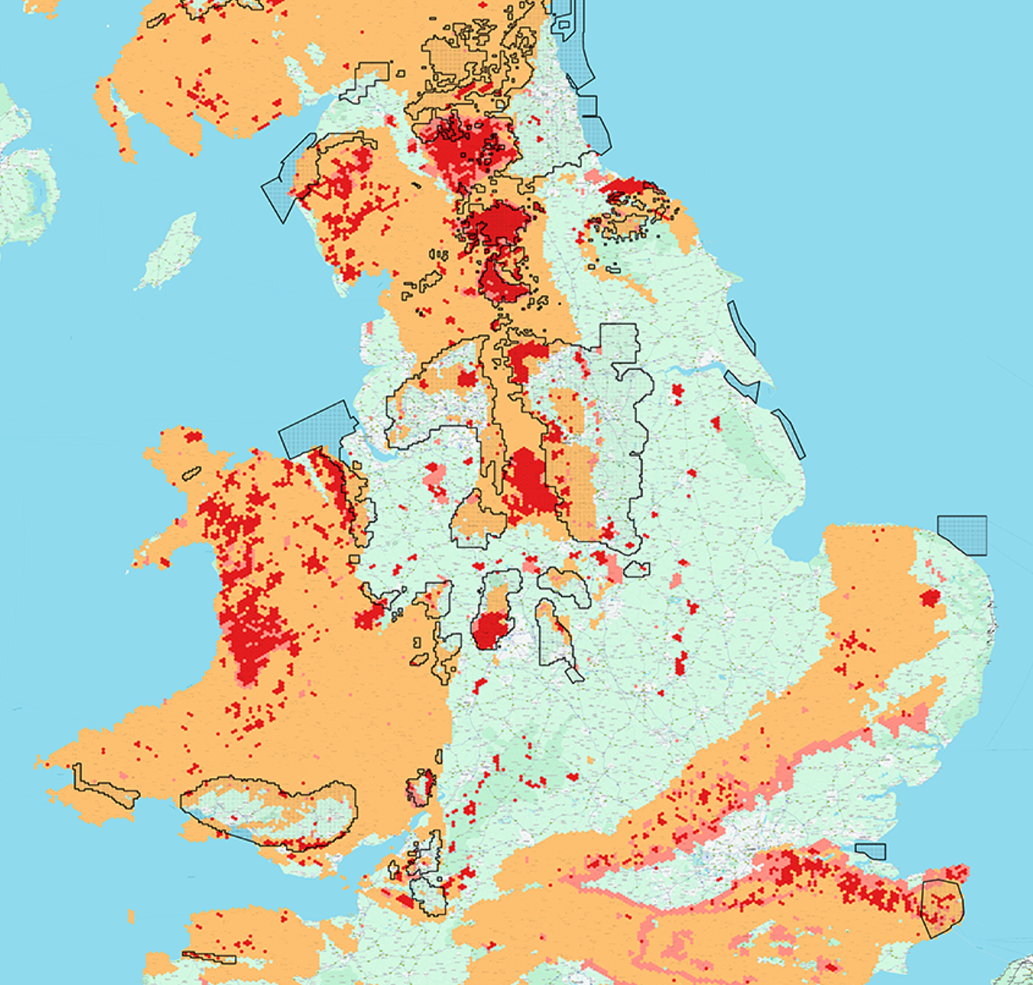GRM has a wealth of experience and expertise in the mining sector which we use to help landowners and developers identify recorded and unrecorded mine workings, and, where found, implement solutions that allow their projects to reach completion.
Earlier this year, we decided to combine this knowledge and write a series of articles about Britain’s long and complex mining heritage. We wrote and published eight over the summer (more than we initially intended!), with this summary being the ninth and final one! A full list and links to each article can be found below.
The fact that we wrote so many articles is testimony to Britain’s extensive and complex geological history. We discussed this in the very first article, drawing attention to the huge diversity of rock types across Britain, which, coupled with good accessibility on the surface and at shallow levels, has given rise to a long and historically prosperous mining industry.
We then focused on a different resource in each article, understandably starting with coal, which has been extensively mined since the pre-Roman era. Articles then followed on the mining of ironstone, chalk, limestone, evaporites and metals. Each article discussed each resource’s geological origins and mining history, sharing some insights into the remnant workings and legacy impact on landowners and developers.
In this final article, we want to summarise some of the remediation techniques and strategies that allow developers and landowners to safely navigate the challenges posed by historical mining hazards. These include:
Ground Stabilisation: Where mine workings and entries have been identified that may pose a risk to surface stability, these are typically mitigated by pressure grouting the shafts, workings and disturbed ground above and placing reinforced concrete caps at rockhead above mine entries.
Ground Improvement: Where settlement is a particular issue, such as backfilled open cast mines and quarries, mitigation will likely involve a combination of methods looking at foundation types and land improvement techniques such as surcharging, dynamic compaction and stabilisation.
Gas Venting Systems: Installing systems to safely vent gases from former mine workings or installing protective measures into new buildings above the workings.
Contamination: Sites built on former mine collieries are likely to require some form of capping in garden areas to protect end users. Mine water treatment may also be required to protect surface and groundwater.
At GRM we are proud of our ability to provide an end-to-end service for landowners and developers who have projects that are impacted by historic mining workings. This typically starts with a Phase I Desk Study and Coal Mining Risk Assessment followed by Phase II Site Investigation, establishing the extent and depth of the remnant hazards.
Our engineering geologists and geotechnical engineers are then able to design the most appropriate mitigation strategy, providing on-site support and supervision throughout the works, allowing us to amend requirements to get the most cost-effective outcome. We can also undertake settlement analysis to assess the impact on foundations, POS and infrastructure where development is proposed over infilled open-cast and quarry sites.
Our environmental team includes human health and hydrogeological specialists who can assess the risks posed by contamination to end users, controlled waters and those caused by ground gases.
Our in-house design team can also provide bespoke foundation solutions, structural engineering services including raft and shaft cap design, and on-site inspections.
Having all these services managed under our ‘GRM roof’ prevents confusion and delays, thereby maximising the client’s potential return.
If you have any development or construction projects that may be impacted by historical mining workings and hazards, then please get in touch to find out how we can help save both time and costs. Please use your main point of contact at GRM or for new enquiries email richard.upton@grm-uk.com or call 01283 551249.
List of the Mining Series Articles:
Understanding the Reasons Behind Britain’s Extensive & Diverse Mining Heritage
Britain’s Coal Mining Industry and the Impact of Remnant Mine Workings
Summary of Non-Coal Mining and Related Hazards
Ironstone Mining and Related Hazards
The Mining of Chalk and the Remnant Hazards for Homeowners and Developers
Britain’s Extensive Limestone Deposits and Resultant Rich Mining History
The Occurrence and Mining of Evaporite Minerals Including Gypsum, Halite, and Potash
Gold, Silver and Bronze – The Mining of Britain’s Prized Metal Collection


